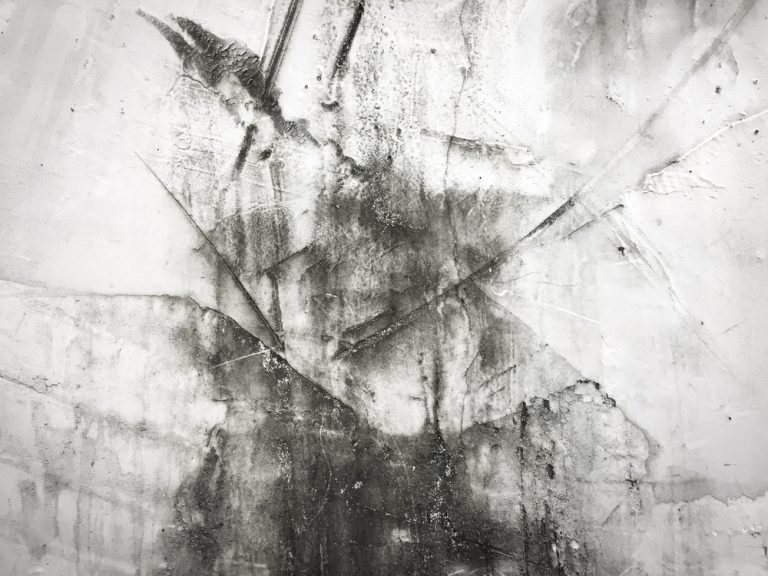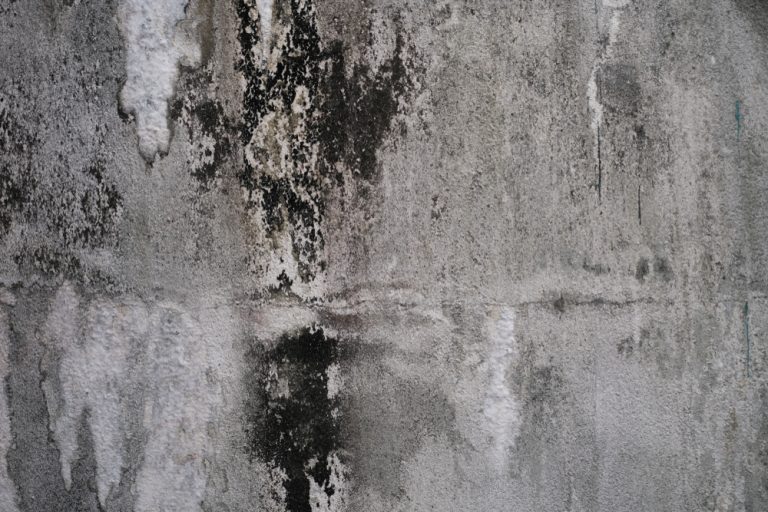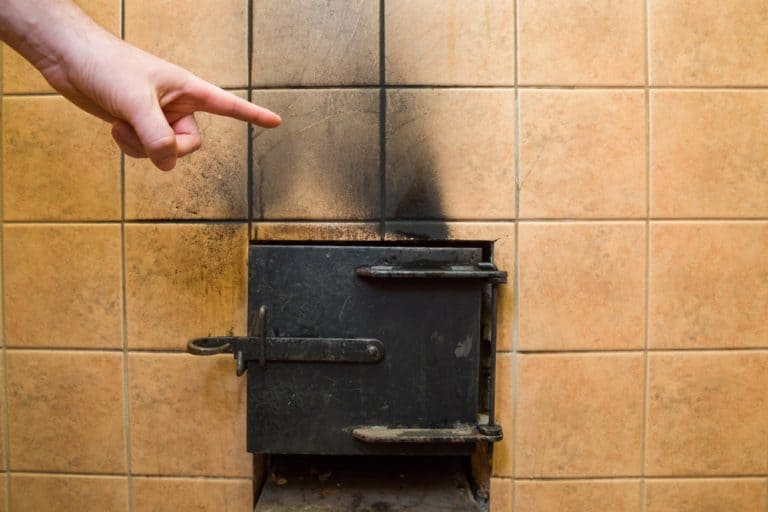How to Deal with Soot Stains on Walls and Ceilings

Those ghostly gray stains on the corners of your ceilings and walls, especially along stud framing, are often caused by soot. Understanding why they appear and how to address them can help you maintain a clean and healthy home environment.
Identifying Soot Stains
- Appearance: Grayish or black stains that outline stud framing, appear under doors, around pictures, or on plastic appliances.
- Location: Often found on outside corners of ceilings and walls, and may appear darker around nails in drywall.
Causes of Soot Stains

- Combustion Sources:
- Burning candles, gas fireplaces, and other sources of combustion release soot into the air.
- Air Circulation Patterns:
- Soot is very light and floats easily. It deposits wherever air slows or changes direction.
- Thermal Bridging:
- Areas with less insulation, such as edges of studs on exterior walls or ceilings, are cooler. Soot deposits more readily on these cooler surfaces due to air slowing down around them.
- Nails or screws are also cooler than the surrounding drywall, which can lead to soot spots at these points.
- Poor Ventilation:
- Inadequate ventilation allows soot particles to linger in the air, increasing their chances of adhering to surfaces.
Understanding Soot Formation

- Incomplete Combustion: Soot forms primarily from the incomplete burning of carbon-based materials like wood, candles, oil, or gas.
- Fine Particles: These materials release tiny black particles into the air that eventually settle on surfaces.
Another benefit is knowing if your house has any problems that could have been missed during construction. Your home inspector might find water infiltration, mold or mildew, or mineral deposits in your foundation and basement walls that were missed during construction. These discoveries can prevent you from wasting time and money later on down the line when these problems start showing up unexpectedly.
Steps to Address Soot Stains

- Eliminate the Source:
- Identify and eliminate the source of the soot, whether it’s excessive candle burning, a poorly ventilated fireplace, or other combustion sources.
- Clean the Walls:
- Thoroughly clean the affected walls and ceilings to remove the soot.
- Prime the Walls:
- Use a high-quality primer like BIN to cover any remaining soot before painting. This prevents the soot from bleeding through the new paint.
- Paint the Walls:
- Apply fresh paint to restore the appearance of the walls and ceilings.
Another risk is that the inspection may identify serious problems with the house, such as lead paint or asbestos. If there is anything like this present, your buyer will likely walk away from the purchase if they find it out before they move in.
Risks aside, there are many benefits to having a home inspection of your property.
Of course it will give potential buyers peace of mind so they don’t have to worry about any hidden problems when moving into their new home — but it will also give them insight and understanding into what kind of work needs to be done and what maintenance they can expect after purchasing the home.
Summary: Soot Stains and How to Deal with Them

Soot stains appear as ghostly gray marks on walls and ceilings, often caused by burning candles, fireplaces, or poor ventilation. They are more prominent in areas with less insulation or around cooler surfaces like nails. To fix the problem, eliminate the source of soot, clean the walls, prime them with a stain-blocking primer like BIN, and then repaint. Addressing both the cause and the symptoms will keep your home clean and soot-free.